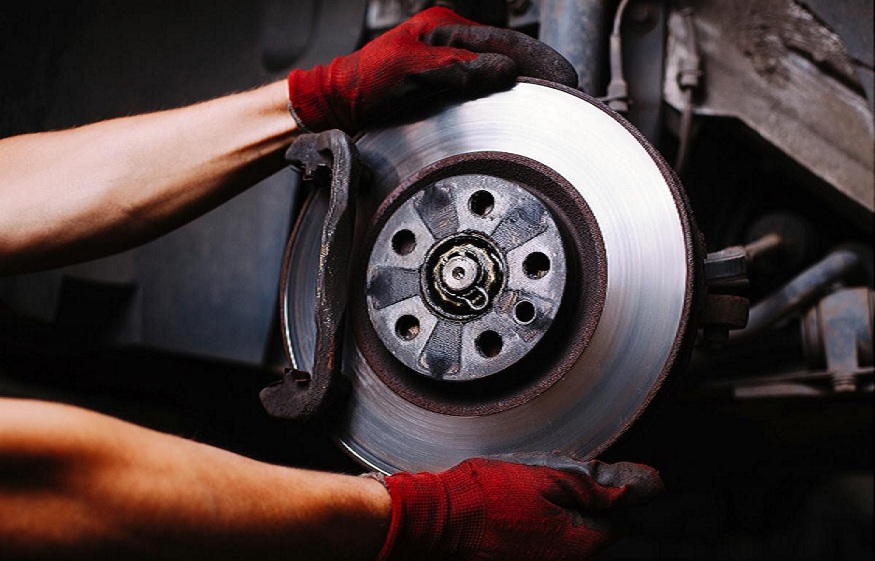Things to Know About Car Brake Repair
Whether you own a high-end sports car or an old family sedan, there are many different things to know about car brake repair. From the type of fluid to the rotors and pads, it takes years of experience and expert training to know precisely what you’re looking at. Fortunately, there are several things you can do yourself, and you might even save some money in the process. This article will cover some of the basics of car brake repair.
Brake fluid
Some signs that your car brakes need repair include low fluid levels and strange noises. Check your car’s brake fluid level regularly to avoid more expensive repairs later. The fluid’s color can also indicate brake fluid that has become past its prime. Different types of brake fluid have separate Department of Transportation (DOT) numbers and should be inspected accordingly. Here are some tips for identifying the correct brake fluid level from auto repair Edmonds, WA:
To start, remove the old fluid from the reservoir. You may want to use a turkey baster or some other inexpensive liquid to do this. Wipe the reservoir with a paper towel to remove any old fluid. Then, fill the reservoir with the new brake fluid, making sure to bleed the system afterward. After this, let the brake fluid bleed for about one minute. Then, press the brake pedal to test the brake fluid level.
Brake pads
While replacing brake pads for your car is often straightforward, it is essential to note that they are not the same for every vehicle. Brake pads can thin out faster on one side of the vehicle than on the other. When this happens, your car will likely pull to one side or the other when braking. Unchecked brake problems can stress steering racks, ball joints, steering knuckles, and wheel bearings.
The first step in car brake repair is determining if the brake pads are wearing out. If you notice a significant difference in braking power, it may be time to replace the pads. Brake pads typically cost between $115 and $250 per axle, though you will need to replace all four at once if your car is expensive. Brake pads are essential to the safety of your vehicle, so you should not ignore the signs that your car needs new ones.
Brake rotors
Your car has a series of critical parts for stopping your vehicle safely. Among these are the brake rotors, the metal discs inside the wheels. Brake rotors use friction to slow your car down and can warp or even become cracked due to daily use. To understand how these parts work, we’ll look at some common examples and discuss how to repair them.
First, you should know how to identify worn brake rotors. If your brake pads are heavily worn, they can cause damage to the brake rotor. A metal backing plate is another common cause of brake rotor damage. Sometimes, road debris can work between the pad and the rotor, causing grooving on the braking surface. In this case, brake rotors are not doing their job properly, and a failure of the brake system could cause injury to the vehicle’s occupants.
Caliper
When you need to replace your car brake caliper, there are many things that you need to know. Pistons, seals, caliper hardware, dust boots, and other components make up your braking system. You must keep these parts clean. Piston seals flex when the piston pushes out and pulls back into the caliper housing. You’re asking for big trouble if you fail to replace these seals. Dust boots are necessary to protect the calipers from road grime, but they tend to break down with age. If you don’t clean them regularly, this dirt can damage the piston seal.
Your brake caliper adjusts the pressure your car’s brakes apply to your rotors. This device is the point in the braking system where the hydraulic and friction parts meet. The caliper’s C-shaped piston squeezes the brake pads against the rotors. Ideally, calipers last the life of the vehicle. They are a significant investment. You should not replace them often, though.

